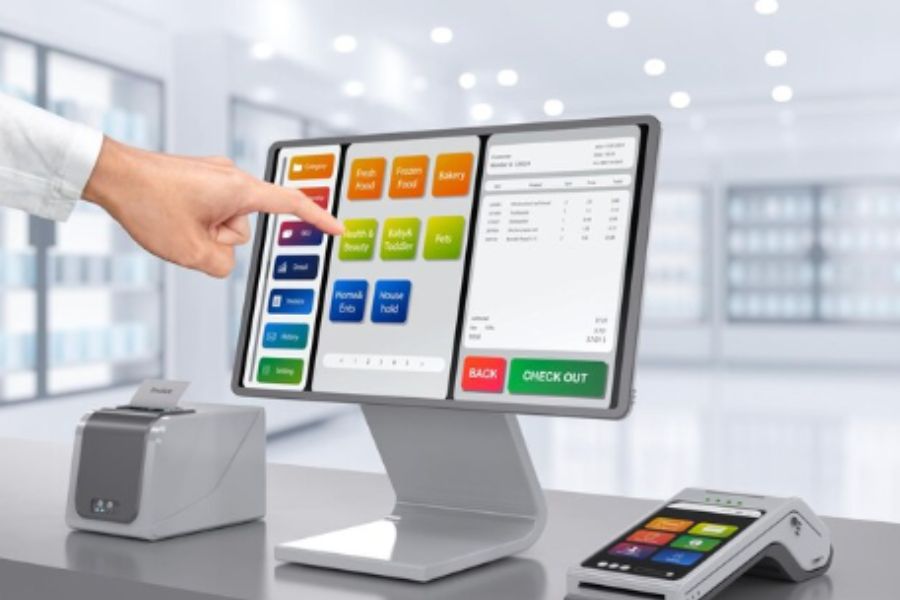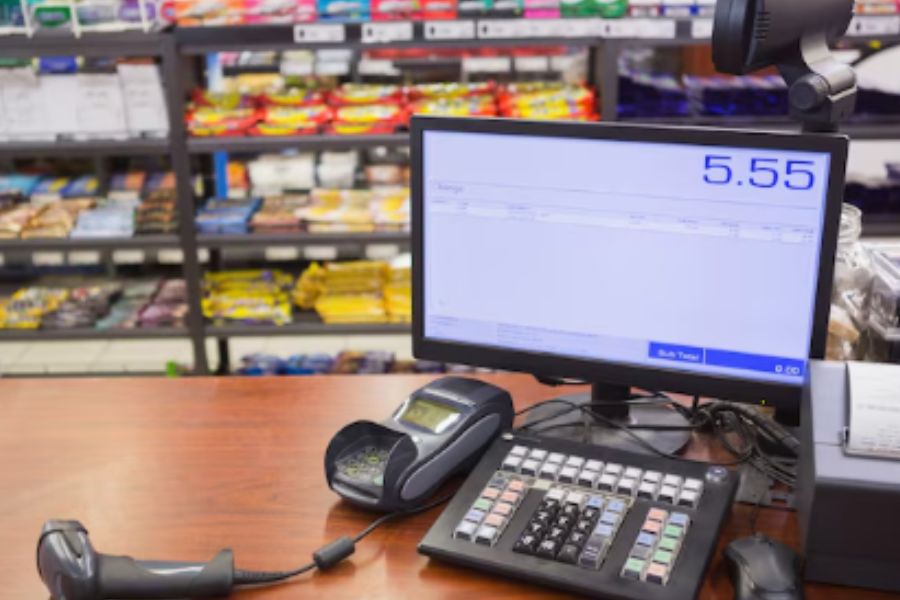Online shopping has revolutionized consumer behavior, offering convenience and accessibility like never before. However, for brands, the digital landscape presents new challenges—particularly in merchandising. Unlike physical stores, where customers can see, touch, and try products, digital merchandising relies on visuals, content, and UX design to drive conversions.
To turn casual browsers into buyers, brands must use creative, data-driven digital merchandising tactics. In this article, we’ll explore effective strategies and real-world examples to help your brand stand out in the competitive eCommerce market.
What’s digital merchandising?
All activities involved in advertising your products online are included in digital merchandising, commonly referred to as eCommerce or online merchandising. Although it has a similar end goal to brick-and-mortar marketing—attracting customers—the approaches and objectives are significantly different because everything is done online.
To entice customers to click the “purchase” button, all of these components should complement one another. But because the sleazy salesperson method doesn’t work with contemporary customers, it must be done in a planned and tactical manner.
Why is digital merchandising important?
Digital merchandising is a crucial strategy for eCommerce businesses and online retailers. It goes beyond just displaying products—it enhances the customer experience, drives conversions, and maximizes revenue. Here’s why digital merchandising is essential:
Enhances Customer Experience
A well-merchandised online store makes it easy for customers to browse, find, and purchase products. High-quality visuals, intuitive navigation, and personalized recommendations create a seamless shopping journey.
Increases Conversion Rates
Digital merchandising tactics like AI-driven recommendations, smart search, and social proof influence purchasing decisions. When shoppers see relevant products or positive reviews, they’re more likely to buy.
Builds Brand Trust & Loyalty
Displaying user-generated content (UGC), customer reviews, and high-quality product imagery boosts credibility. A well-designed shopping experience encourages repeat purchases and fosters long-term customer relationships.
Maximizes Revenue & Upsells
Personalized recommendations and cross-selling strategies help businesses increase the average order value. Features like “Frequently Bought Together” or “Customers Also Bought” encourage additional purchases.
Adapts to Consumer Behavior & Trends
With online shopping habits constantly evolving, digital merchandising helps businesses stay ahead. By analyzing data and adapting strategies, retailers can cater to shifting consumer preferences.
Creates a Competitive Advantage
With thousands of online stores competing for attention, brands that implement strong digital merchandising stand out. A visually appealing, user-friendly website with compelling product displays can differentiate your brand from competitors.
Optimizes the Omnichannel Experience
Customers interact with brands across multiple channels—mobile, desktop, social media, and even physical stores. Digital merchandising ensures a consistent brand experience across all touchpoints, increasing engagement and conversions.
5 Effective Digital Merchandising Strategies
1. High-Quality Product Visuals & Videos
Why it matters: Online shoppers rely on visuals to make purchasing decisions. The more detailed and interactive your product images, the better.
Best practices:
- Use high-resolution images with zoom-in functionality
- Add 360° product views to mimic the in-store experience
- Include lifestyle shots to show products in use
- Leverage short videos for product demonstrations
Example: Apple’s website uses crisp images, interactive 3D product views, and detailed close-ups to enhance customer engagement.
2. Personalization & AI-Powered Recommendations
Why it matters: Personalized shopping experiences drive higher conversion rates and customer loyalty. AI-powered recommendations increase sales by suggesting relevant products based on user behavior.
Best practices:
- Display “Recommended for You” sections based on browsing history
- Use AI chatbots to guide shoppers in real time
- Create dynamic pricing & offers based on customer preferences
Example: Amazon excels at personalization, using AI-driven “Frequently Bought Together” and “Customers Who Bought This Also Bought” sections to boost upsells and cross-sells.
3. Smart Search & Filtering Options
Why it matters: If customers can’t find what they’re looking for quickly, they’ll leave. A well-optimized search function ensures they get accurate and relevant results.
Best practices:
- Implement auto-suggestions for faster searches
- Allow filtering by category, price, size, brand, and ratings
- Use voice search and image search for a seamless experience
Example: ASOS offers intelligent filtering options, enabling customers to refine searches based on style, occasion, and size.
4. Social Proof & User-Generated Content (UGC)
Why it matters: 90% of shoppers trust user-generated content and reviews more than brand advertising. UGC builds trust and increases conversions.
Best practices:
- Showcase customer reviews & ratings prominently
- Integrate Instagram & TikTok UGC into product pages
- Offer photo reviews to provide real-life product experiences
Example: Glossier encourages customers to share photos of themselves using products, displaying UGC directly on product pages.
5. Seamless Omnichannel Experience
Why it matters: Customers switch between devices and channels before making a purchase. Ensuring a consistent brand experience across mobile, desktop, and social media is crucial.
Best practices:
- Offer a mobile-first experience with easy checkout
- Ensure cart syncing across devices
- Use shoppable posts & live commerce on social media
Example: Nike’s app, website, and in-store experiences are fully integrated, allowing customers to shop seamlessly across all platforms.
How it’s different from traditional merchandising
Comparative to traditional retailers, the internet marketplace doesn’t require you to present the same goods to every customer who comes into your store. E-commerce merchandising ensures that you display the products that are most appropriate, in the best order, and presented in the most appealing way, regardless of the customer’s point of entry and route through the site.
Personalize your approach
Consider promoting your goods to someone who requires them as it otherwise sounds a little spammy. It frequently occurs to a lot of people, including you most likely receiving advertisements for video games when you don’t play any and being inundated with toy industry marketing efforts while you don’t yet have children.
Focus on customer experience
Because technology is developing quickly, your brand should be able to develop tailored marketing. If you don’t do this, your clients will have a negative buying experience and may start to question your credibility.
When clients are looking for items that suit their personalities, you don’t want to give them the impression that their time was wasted on your website. Offering a wide selection of discounted goods to a customer who has a strong preference for premium goods is hardly a smart move.
Adapt to omnichannel requirements
Consumer expectations have changed even as life returns to normal after the pandemic. Before making the trip in person, customers want to determine if the items they need are available at the store. They desire several alternatives for order fulfillment, including Buy Online, Pickup in Store (BOPIS), and various options for returns, including BORIS (Buy Online, Return In-Store).
Additionally, you must properly market them and present them for sale. The aforementioned advice should serve as inspiration for your online displays and aid in increasing consumer conversion. Contact us for more advice suitable to your digital merchandising business.



